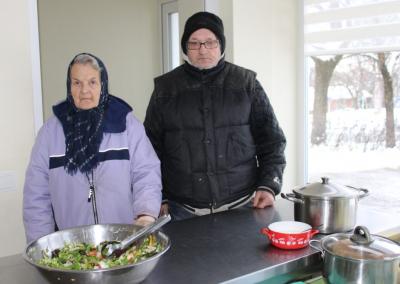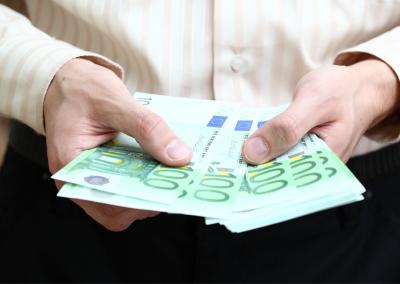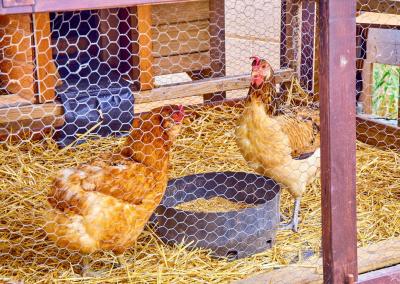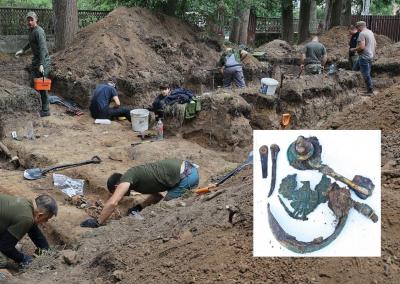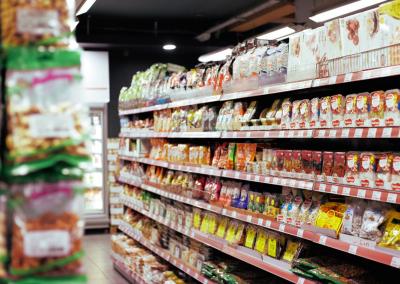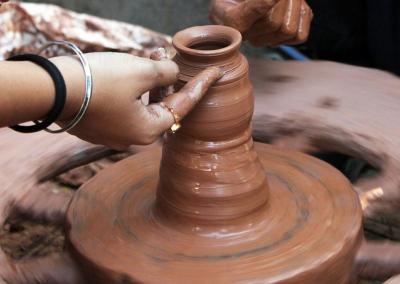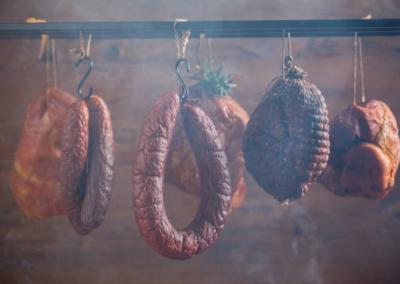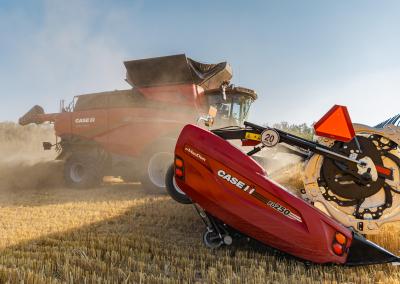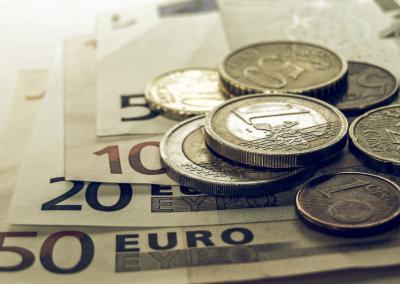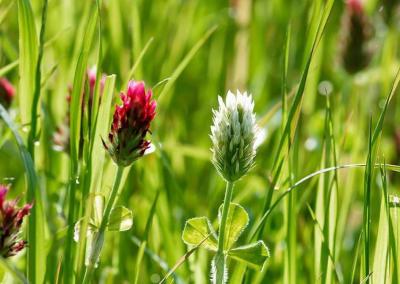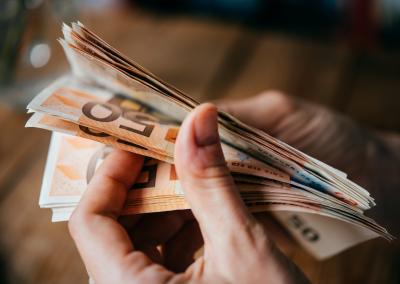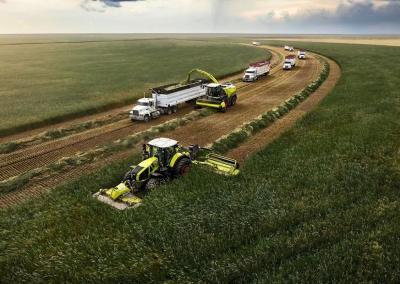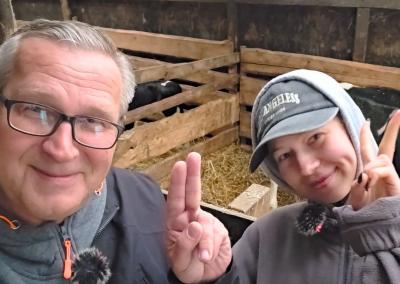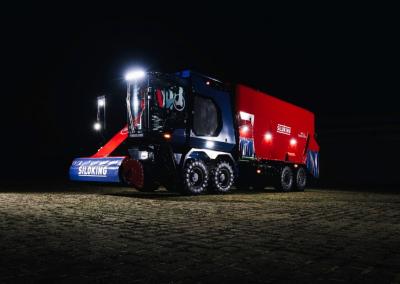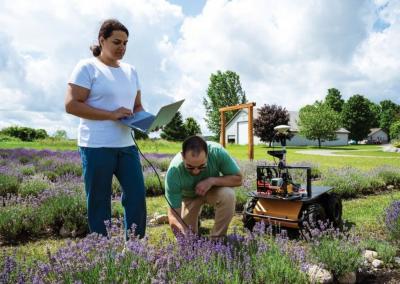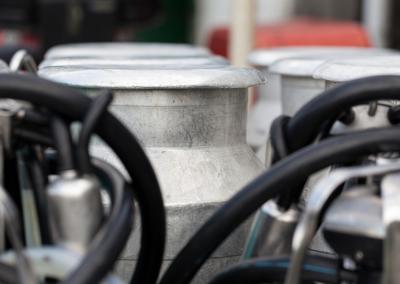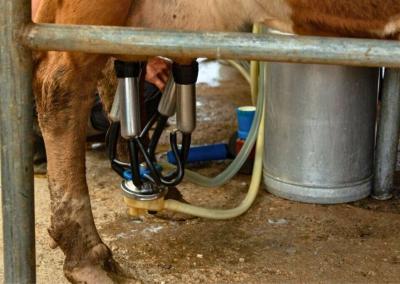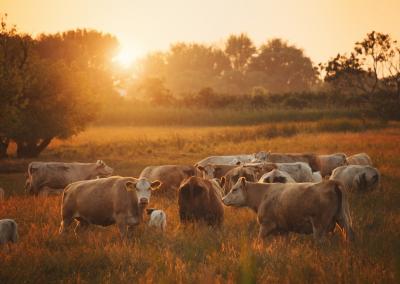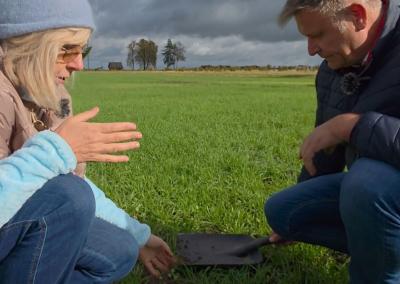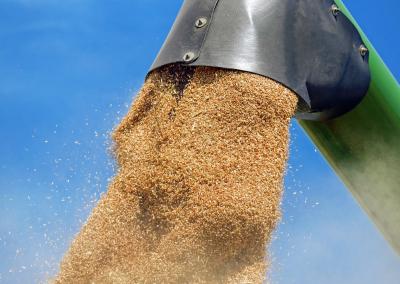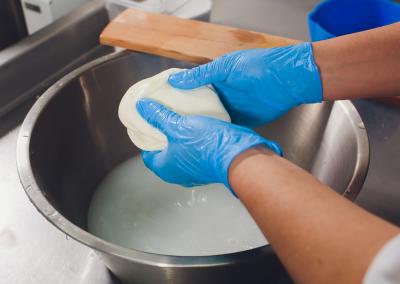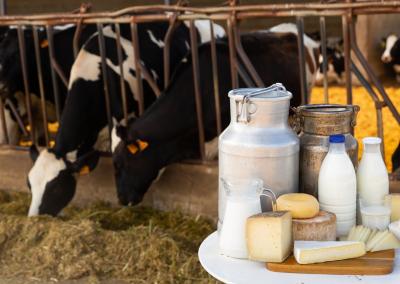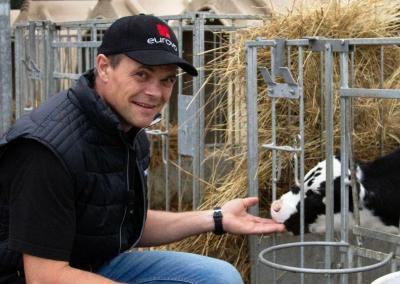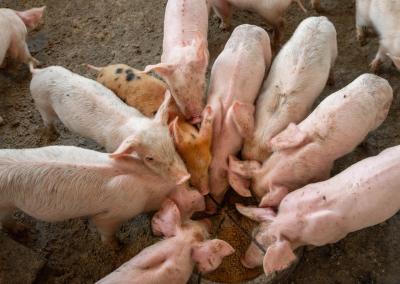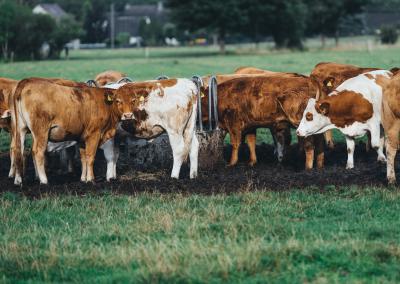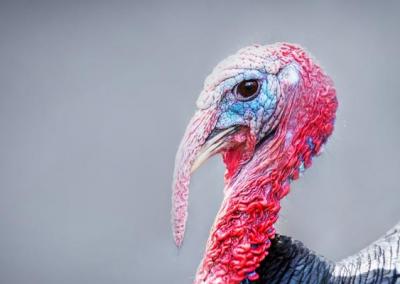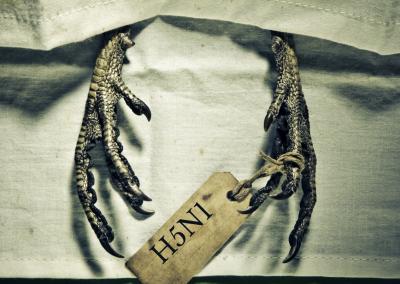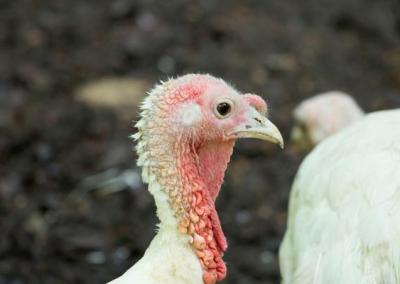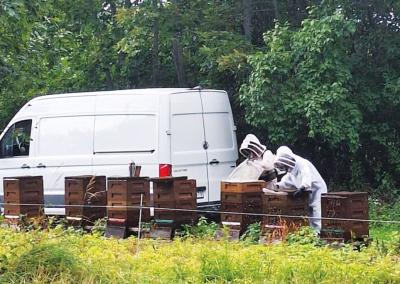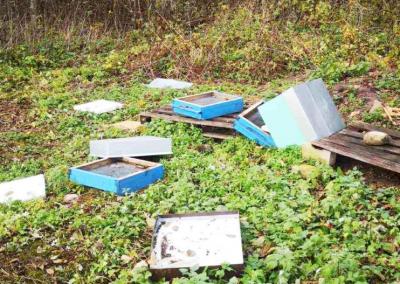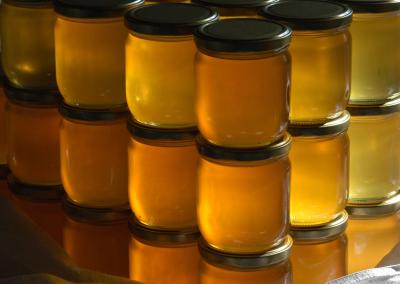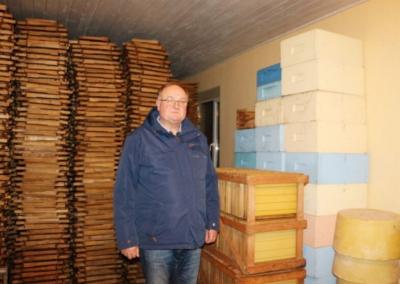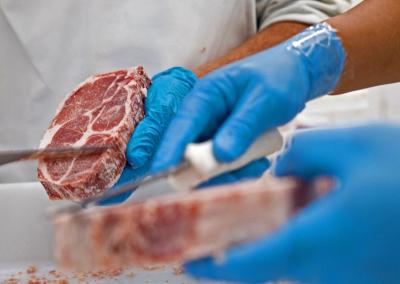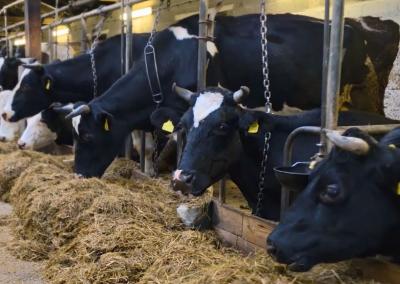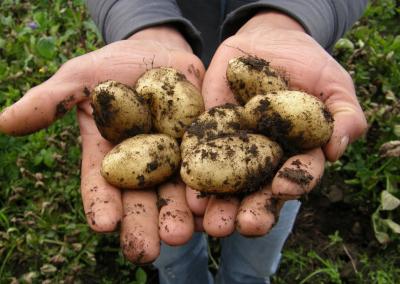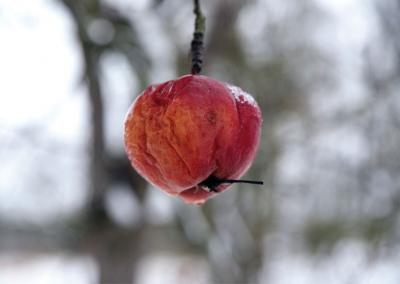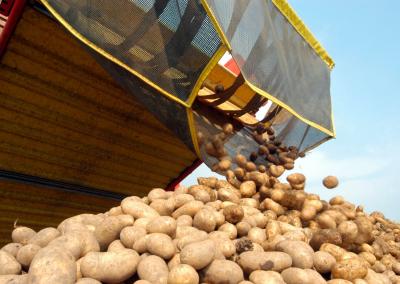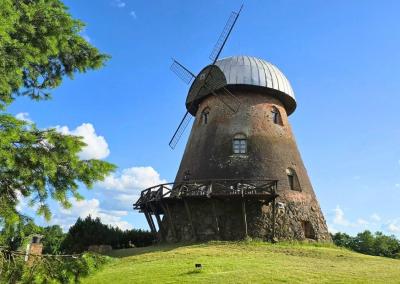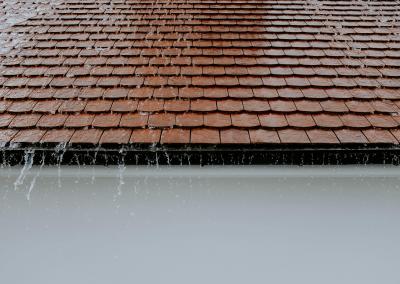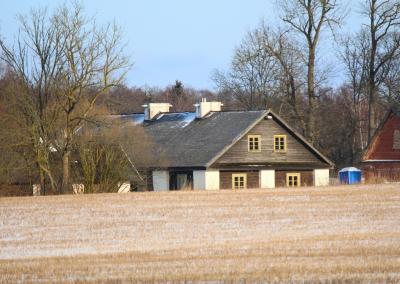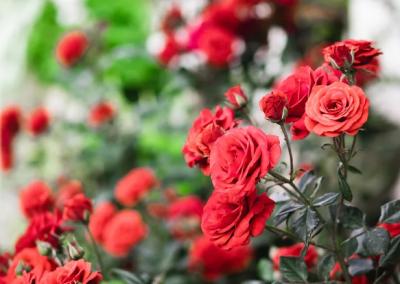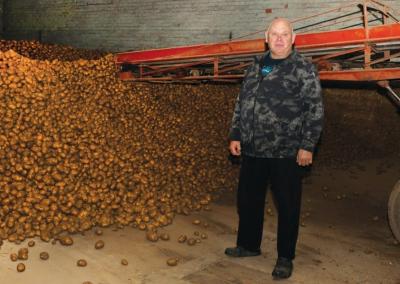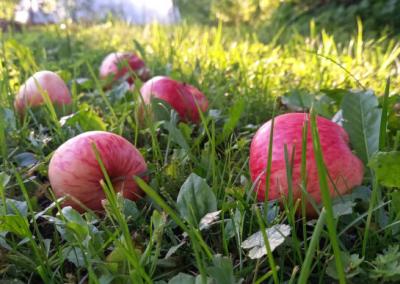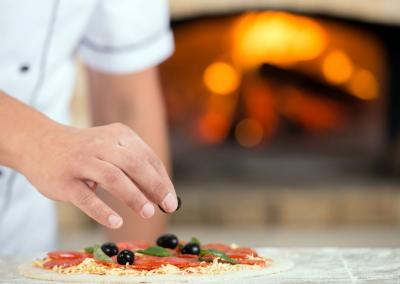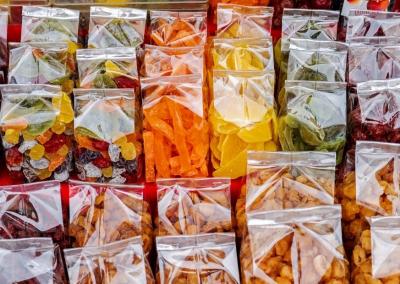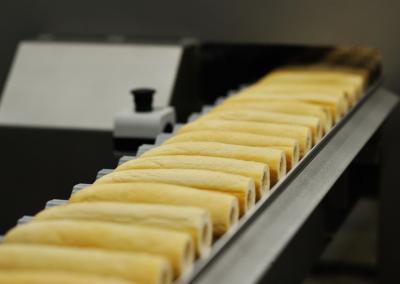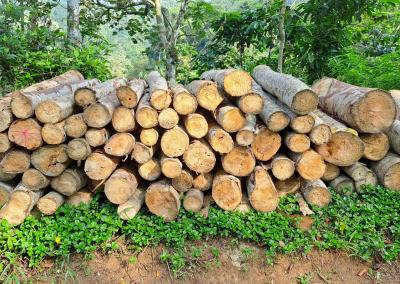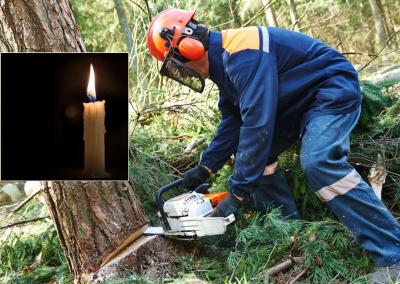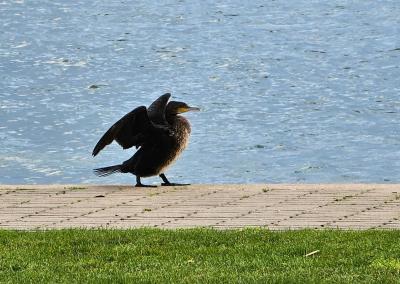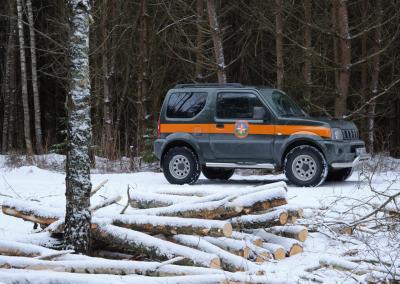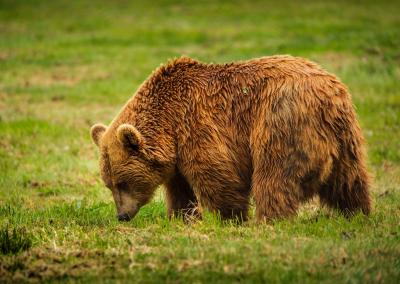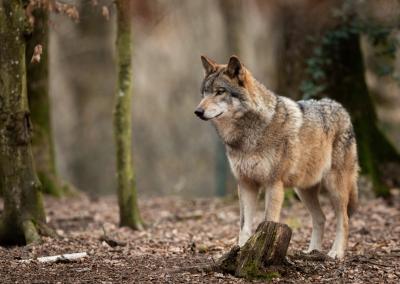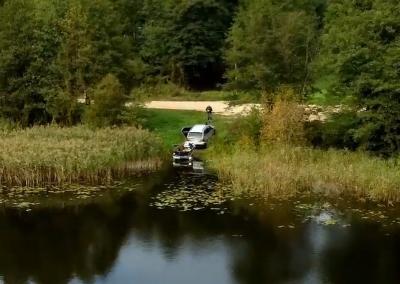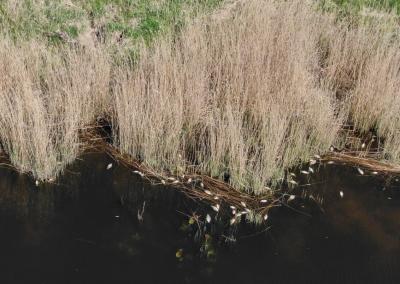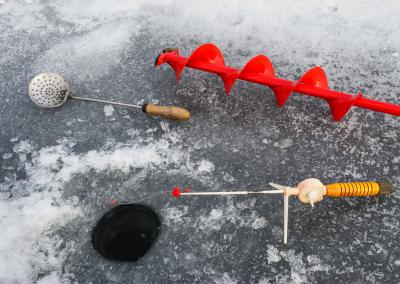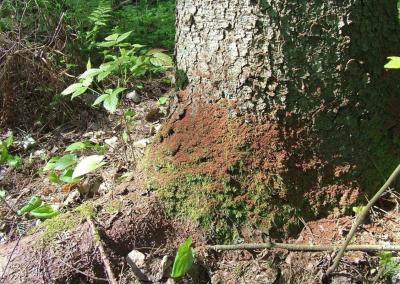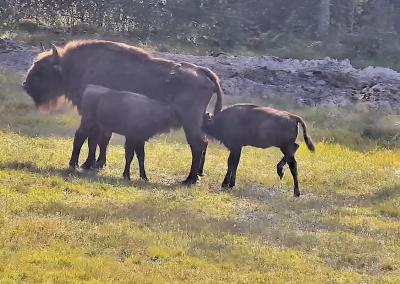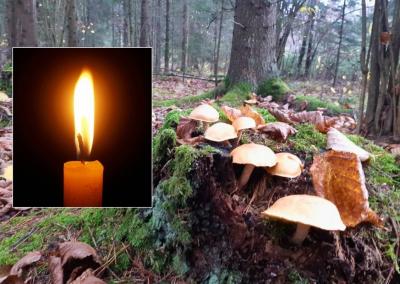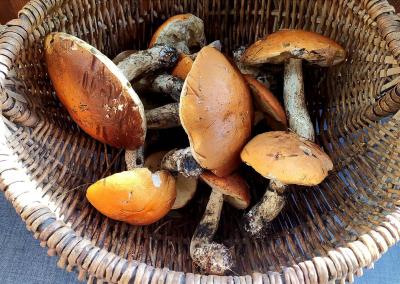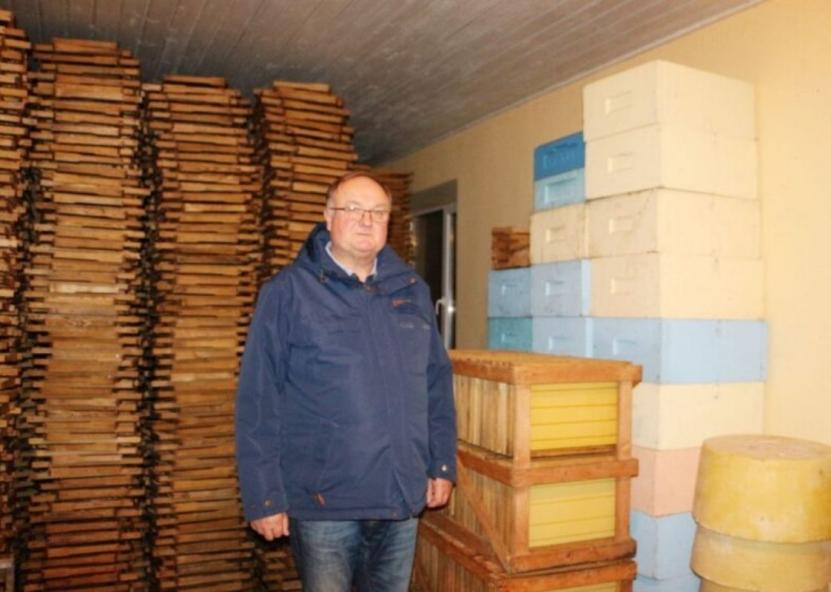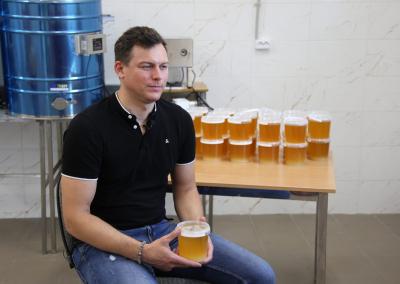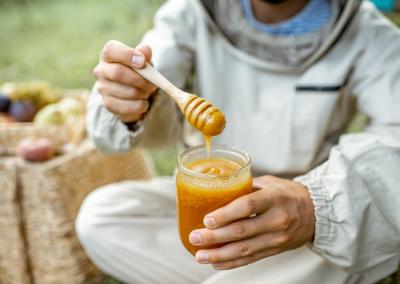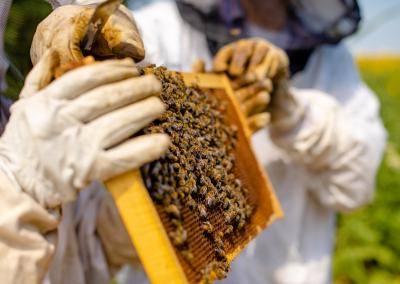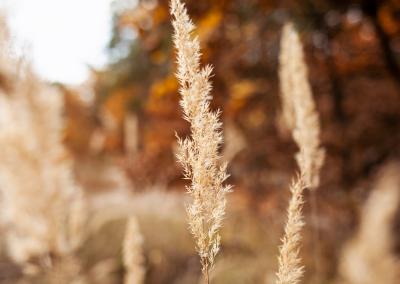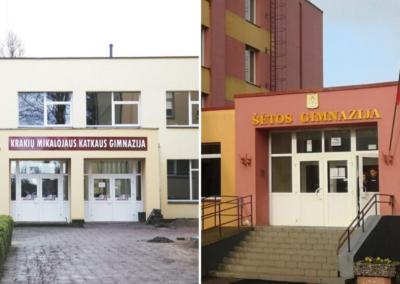The weather was not kind to people or bees, but there will be no shortage of honey
A cold spring, late frosts and a rainy summer – these weather challenges made this year's beekeeping season full of challenges and surprises. Many honey lovers are already wondering whether there will be a shortage of honey this year and whether honey prices will rise to unprecedented heights. Rimtautas Ardavičius, Chairman of the Kėdainiai Regional Beekeepers' Association, reassures that there is no reason to panic, but the situation is indeed mixed. He gave a detailed account of a season that has been a joy with some honey and a painful disappointment with others.
The bees have produced enough honey from the rape
And according to Ardavičius, who has over 800 bee colonies himself and his sons, the beekeeping season has changed beyond recognition. What used to be a common spring honeybee crop of willow, mallows or dandelions has virtually disappeared and is almost non-existent as a separate species.
„That spring honeymoon is no longer there as such, as the rapeseed honeymoon is mostly left. The bees don't bring much honey from the dairies, it mixes with the rapeseed honey. And now we call that spring honeydew rapeseed honey," explains the beekeeper.
This year's spring, or canola, harvest was really good.
„There was a lot of rapeseed honey this year, so you could say it was a really good harvest. Of course, those who had stronger bee colonies are happy about that," says Ardavičius. This was the first and, as it later turned out, the only big success of the beekeeping season.
Where did the honey from the linden trees and meadows go?
While the spring, although cold, was a delight with rapeseed honey, the summer was sadder. Hopes of harvesting abundant summer honey from lime, clover and other meadow plants were dashed for two main reasons: late frosts and incessant rain at the height of the flowering season.
„Spring frosts damaged the plants, compromising their honey production“, says R. Ardavičius, explaining why the plants produced less nectar.
But the decisive blow to the summer harvest came in July. When July blossomed, the rainy season began. Bees could not fly to collect nectar, and the large colonies that remained in the hives had to feed on what they had already laid.
„Those linden trees started to bloom, for two or three days the bees brought honey from the linden trees, and the honey bees were already, so to speak, even closer to the full. But the rain started. The colonies are large, and the bees need a lot of nectar to feed themselves. So they ate their honey for a whole month," says the beekeeper, sharing his sad reality.
The result – the summer honey harvest was extremely poor.
„I could say that the summer honey harvest was really poor“, – summarises R. Ardavičius.
The only exception – those who had buckwheat fields nearby. "Whoever had buckwheat, had buckwheat this year," he says.
Will there be a shortage of honey and will prices go up?
Although the summer harvest was disappointing, the president of the association hastens to reassure buyers: „Honey will be available. I have heard there are those who panic that there will only be honey until the New Year, but this is not the case."
The secret lies in last year's harvest. It turns out that last year was a record harvest of lime honey. At the time, buying prices had fallen to absurdly low levels (around €1.5 per kilo), so many beekeepers decided not to sell their honey on the half-full and kept it.
„Last year saw a record harvest of lime honey. Beekeepers did not want to give that honey away cheaply at €1.5. They jarred the honey and did the right thing. They saved the honey until this year," says R. Ardavičius.
It is these stocks that are now saving the market. Many beekeepers at the market are now selling last year's excellent linden honey, which is even tastier and more valuable than this year's honey, according to the expert.
As for prices, they are likely to stabilise and rise slightly, not because of a deficit but because of a return to normal levels after several years of decline.
„The price of honey is now starting to rise slowly, slightly. We are seeing the price rising all over Europe," says the beekeeper, pointing out that previous prices were simply unprofitable and did not even cover the cost of the honey climb.
How do you recognise quality honey?
R. Ardavičius advises buyers to buy honey directly from a reputable beekeeper's house or at the market, but to pay attention to the storage conditions – honey standing in the sun loses its good qualities.
„The flowering of honey can already tell whether it is good or bad. In the glass, once the honey has crystallised, glucose patterns appear, the printing is like this. This is what indicates the genuineness and goodness of the honey.
And if the honey is clean, without any printing, it may have been exposed to too much sun or heat, explains the expert.
He also busts the myth of adding sugar to honey – serious beekeepers never do it, he says, because it just doesn't pay and doesn't make sense, especially when the bees bring enough natural nectar.
He points out that while heated honey, which remains liquid even after many months, is favoured abroad, Lithuanians prefer honey that is as natural as possible, with as little processing as possible. Although liquid spring honey has its own charm, Lithuanians prefer honey that is a little harder, blooming, firm and natural. Of course, no home is complete without it, especially when cold weather and colds are approaching.
Beee bread is becoming more popular
While honey remains the main product, Ardavičius notes that other bee products are becoming increasingly popular. Last year honey in the honeycomb was very popular, while this year bee bread is particularly sought after.
„Bee bread is the most popular product right now. A very valuable product, and delicious. Especially younger people, children love it. Parents give bee bread to nibble on instead of some candy peas. They eat it and it's healthy," says the beekeeper.
But making it is a long and painstaking process, involving many steps. It all starts with protecting the combs and the bread from pests such as wax moths. The honeycomb is then frozen in a special freezer under strict temperature and time conditions in order to allow for quality processing.
The frozen honeycomb goes to a special threshing unit which knocks out the bread granules. The mass is then thoroughly cleaned and sieved to remove wax dust and other impurities. Finally, the clean bee bread is placed in a drying oven, where it is dried within two to three days at a temperature not exceeding 38 degrees Celsius.
Only after all these steps is the product packed in packages to protect it from moisture. This is a complex job, requiring both specific knowledge and equipment.
Finding harmony in animal husbandry
Beekeeping is not only a craft, but also a passion, which, according to Ardavičius, is ingrained in his blood.
Although the last few years have been difficult, dedicated beekeepers do not abandon their hives because it is a way of life that allows them to start afresh every spring.
„Bees are something you get attached to and working with them is fun and very harmonious. It's a circle, and you look forward to a new cycle.
In beekeeping, the basis is the anticipation of spring. You see how the bees have overwintered and then you start the cycle all over again.
Our apiary is large, we are a family and even when the crisis hit we didn't want to let go of the bees. We had reduced the number of colonies, but this year we filled the empty hives again.
Well, everything seems to be in order. All the equipment has been bought, we know what to do, when to do it and how to do it.
It's not so hard when you know and like the work, when you do it with love, – says the interviewee.



